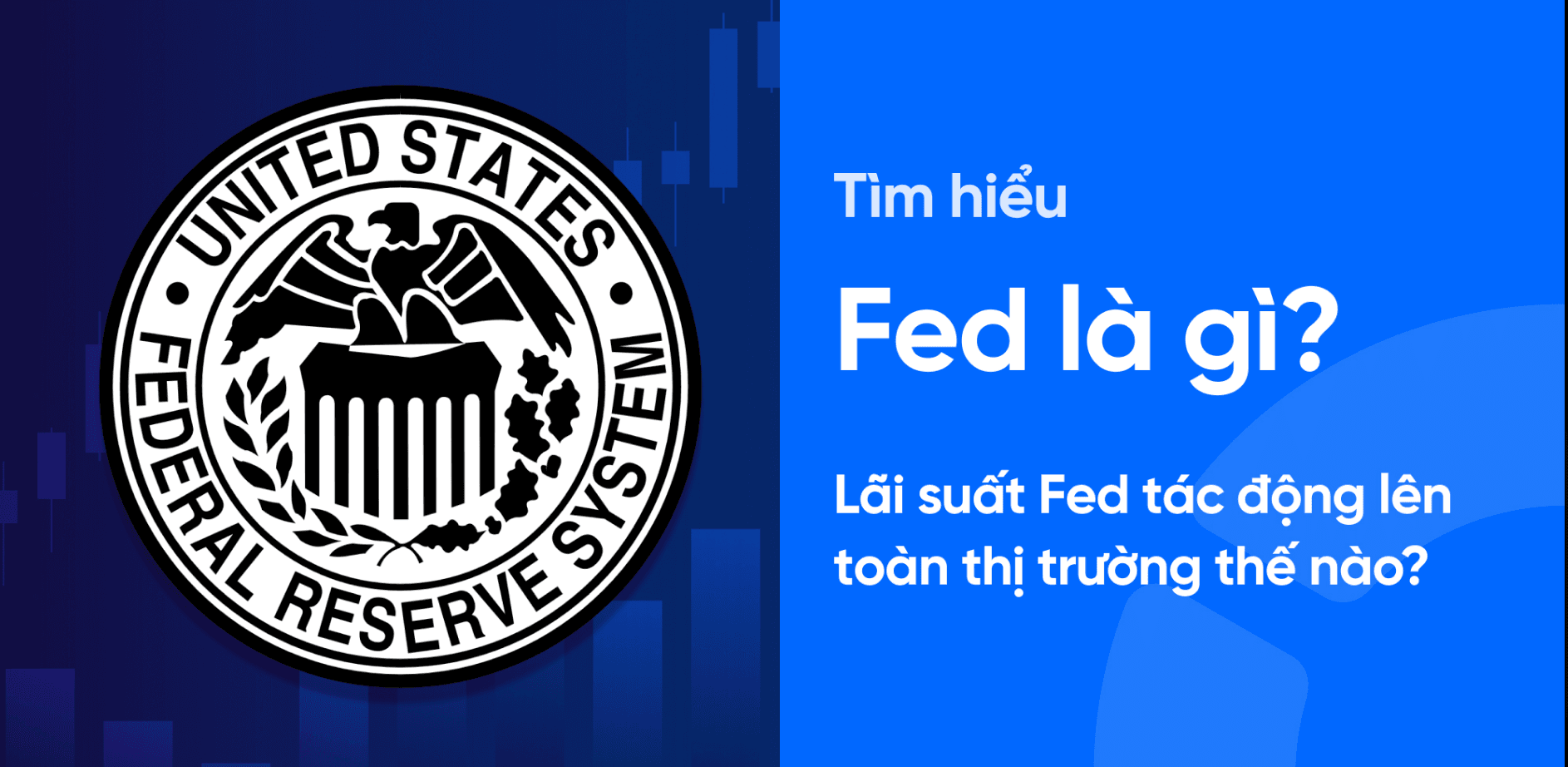Fed Rate Cuts: Far-reaching Impact on the Global Financial System

When the Fed (Federal Reserve) decides to cut interest rates, this creates profound and multifaceted impacts across the entire global financial system. From experience following monetary policy cycles over many decades, I understand that when the Fed "flips the switch" on rate cuts, it's like opening a massive "dam," creating powerful currents that affect every corner of financial markets. This is a policy that brings tremendous benefits but also harbors risks that need to be clearly understood.
Economic Growth Stimulation: Mechanisms and Effectiveness
Fed rate cuts significantly lower borrowing costs for both businesses and consumers. Businesses can access capital more "easily" to expand production, invest in new equipment, or develop projects. Consumers are also "encouraged" to spend more when borrowing costs for homes, cars, or other consumer needs decrease.
However, this policy's effectiveness depends on many other factors. When money becomes "too cheap," it can lead businesses and individuals to make investment decisions lacking prudence, creating credit quality risks for the future.
Stock Markets: Capital Flows and Valuations
Low interest rates create a powerful "domino effect" on stock markets. When bond yields and safe investment channels decline, money naturally "seeks" higher-yield opportunities. This causes indices like Nasdaq and S&P 500 to often rise strongly, especially technology stocks.
Technology stocks particularly "benefit" because they usually need significant investment capital for development and have high growth potential. When capital costs decrease, valuations of these companies become more "attractive" to investors.
Digital Asset Markets: The Crypto Explosion
Digital asset markets like Bitcoin and Ethereum typically experience "explosive" periods when the Fed cuts rates. Investors seek alternative yield channels and crypto becomes an "attractive destination" with high profit potential.
Low opportunity costs when holding non-yielding assets like crypto become more "acceptable." Simultaneously, psychology seeking "inflation hedge" assets also drives demand for cryptocurrencies.
USD Exchange Rate Impact: Global Balance
Low interest rates typically reduce USD attractiveness compared to other currencies, leading to potential USD "weakening" in foreign exchange markets. This creates multifaceted impacts: favorable for US exports when goods become more "competitive," but may also increase inflation pressure when import costs rise.
For other countries, a weak USD may reduce foreign debt pressure and create conditions for economic growth. However, this could also create "instability" in the international financial system.
Gold and Commodity Markets: New Drivers
When interest rates fall, the opportunity cost of holding gold also decreases, making this precious metal more "attractive." Gold is typically viewed as an effective "safe haven asset" when investment environments become uncertain or when inflation concerns arise.
Just one step to unlock the rest of this article
Sign in to read the full article and access exclusive content
✨ Completely free • No credit card required

